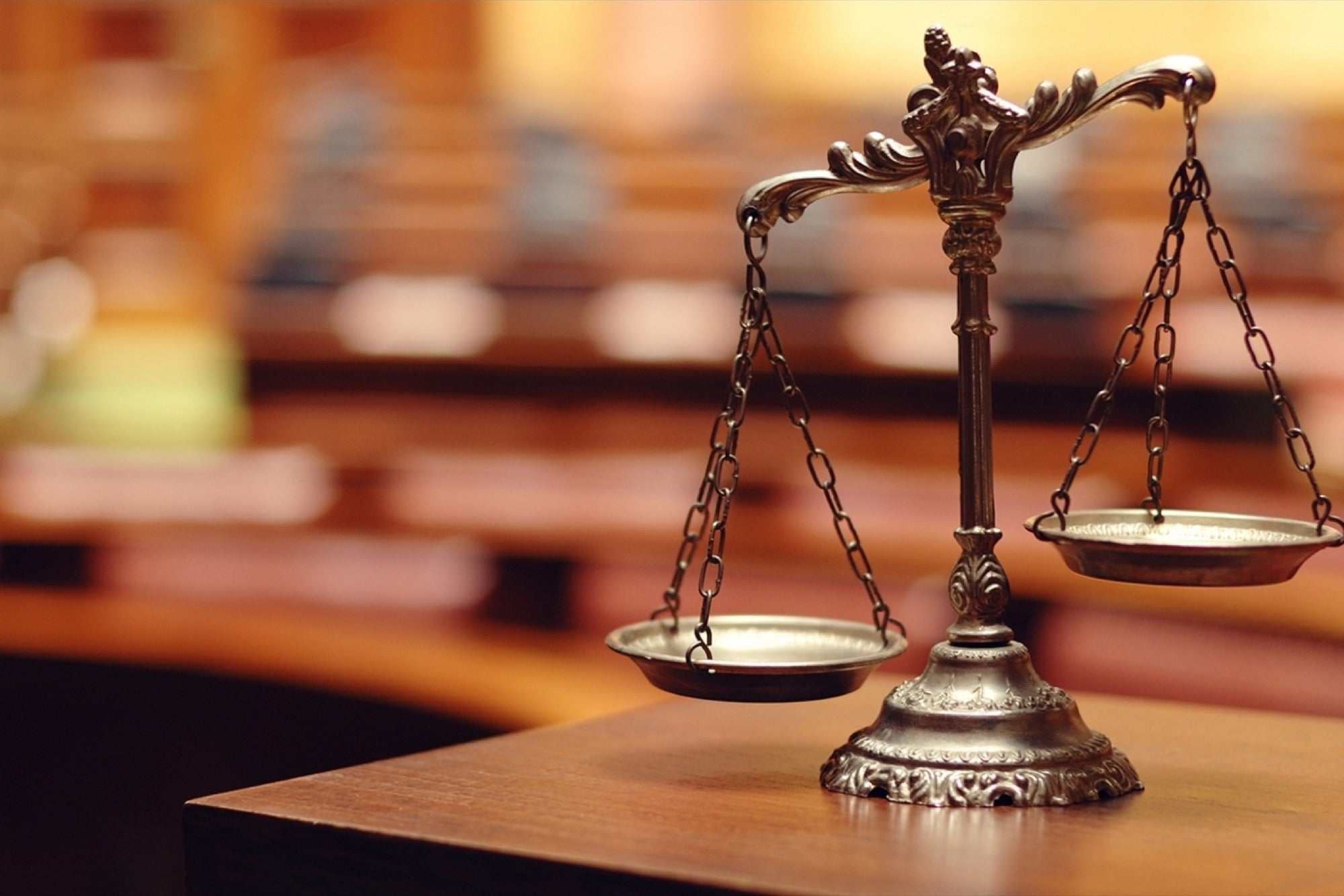A professional bankruptcy lawyer’s website design is critical for maximizing visibility and client accessibility. In an increasingly digital world, the first point of contact for many clients seeking legal help is the lawyer’s website. A well-structured, user-friendly design ensures that potential clients not only find the lawyer’s services but also have a smooth and stress-free experience while browsing. For a bankruptcy lawyer, who is often dealing with clients in distress, the design needs to communicate professionalism, trustworthiness, and ease. First and foremost, the website should be optimized for search engines. Visibility on search engines like Google is vital for attracting clients who may not be familiar with the lawyer’s name. A professional website design includes SEO best practices such as keyword optimization, proper meta descriptions, and mobile-friendly pages, all of which improve search engine rankings. By ensuring that relevant terms such as bankruptcy lawyer, debt relief, or chapter 7 bankruptcies are strategically incorporated, the website can be easily found by individuals in need of legal advice.

Along with search engine optimization, ease of navigation is paramount. Potential clients are often dealing with overwhelming emotions due to financial troubles, so a clear, simple, and intuitive layout can make a significant difference in converting visitors into clients. A cluttered website with too many links or complicated navigation can deter individuals from reaching out for help. Instead, essential information should be readily available, such as services offered, areas of specialization, the lawyer’s credentials, and client testimonials. A clean, minimalist design ensures that visitors do not feel overwhelmed and can easily find what they need. Incorporating client-friendly features is another important aspect of a bankruptcy lawyer’s website. A live chat option or a contact form that allows clients to quickly reach out for a free consultation can increase engagement and make it easier for those in need to initiate contact. These features help the lawyer remain accessible even outside of business hours, allowing prospective clients to ask questions or schedule appointments without having to make a phone call. Additionally, having a detailed FAQ section can address common concerns about the bankruptcy process, providing much-needed information for those who might feel hesitant or uncertain.
Furthermore, the website should be designed with a focus on trust-building elements. Displaying client testimonials, success stories, or case results can also build credibility and showcase the lawyer’s ability to help individuals navigate their financial difficulties. Additionally, including professional certifications and associations such as membership in the American Bankruptcy Institute or local bar associations can reassure visitors that they are dealing with a highly qualified and reputable attorney. A responsive design guarantees that the site remains functional and easy to navigate on all devices, which can lead to a higher conversion rate as clients can reach out for help at any time and from anywhere in my response alltopstartups.com. By implementing best practices in SEO, creating a user-friendly interface, incorporating client-friendly features, and showcasing trust-building elements, the lawyer’s website can become an essential tool for attracting clients and providing them with the assistance they need during financially challenging times.